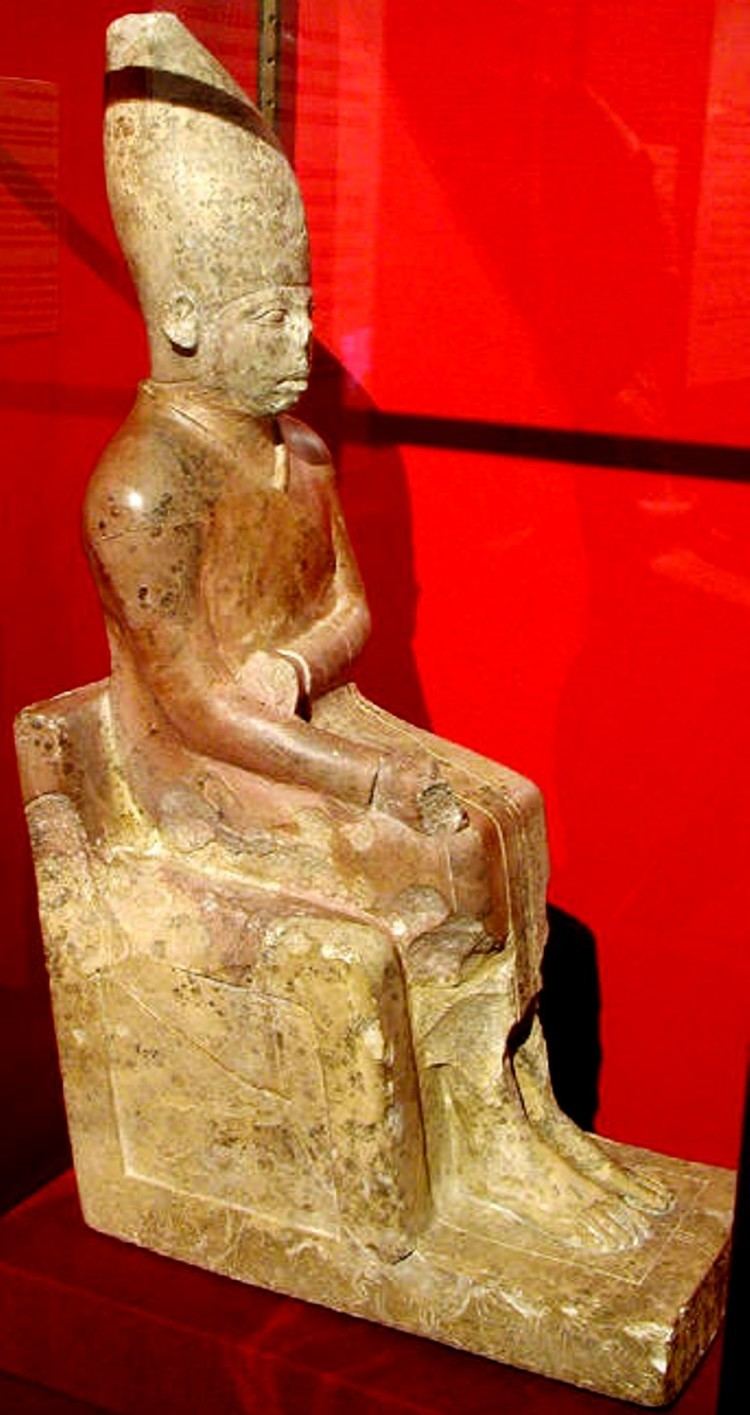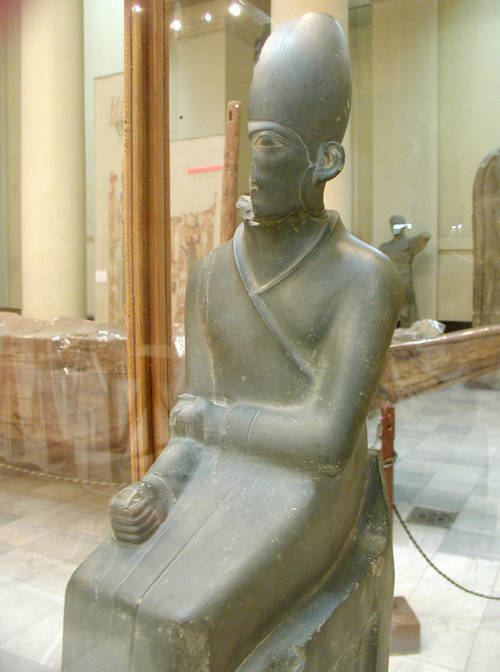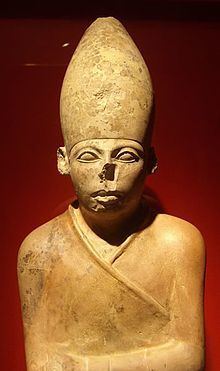Name Khasekhemwy Khasekhemwy Consort Nimaethap? Burial Tomb V at Umm el-Qa'ab Children Djoser, Hetephernebti | Role King Grandchildren Inetkaes Died 2686 BC | |
 | ||
Reign 18 years ca. 2690 BC (2nd Dynasty) Similar People | ||
Khasekhemwy
Khasekhemwy (ca. 2690 BC; sometimes spelled Khasekhemui) was the final king of the Second dynasty of Egypt. Little is known of Khasekhemwy, other than that he led several significant military campaigns and built several monuments, still extant, mentioning war against the Northerners. His name means "The Two Powerful Ones Appear".
Contents

Reign Length

According to Toby Wilkinson's study of the Palermo Stone in Royal Annals of Ancient Egypt, this near contemporary 5th dynasty document assigns Khasekhemwy a reign of 17.5 or nearly 18 full years. Wilkinson suggests that a reign of 18 "complete or partial years" can be attributed to Khasekhemwy since the Palermo Stone and its associated fragments record Years 3-6 and Years 12-18 of this king and notes that his final year is recorded in the preserved section of the document. Since the cattle count is shown to be regularly biennial during the second dynasty from the Palermo Stone (the year of the 6th, 7th and 8th count is preserved on the document plus full years after these counts respectively), a figure of c. 18 years is likely correct for Khasekhemwy. (or c. 18 years 2 months and 23 days from the main fragment of the Palermo Stone)
Biography

Khasekhemwy is normally placed as the successor of Seth-Peribsen, though some Egyptologists believe that another Pharaoh, Khasekhem, ruled between them. Most scholars, however, believe Khasekhem and Khasekhemwy are, in fact, the same person. Khasekhem may have changed his name to Khasekhemwy after he reunited Upper and Lower Egypt after a civil war between the followers of the gods Horus and Set. Others believe he defeated the reigning king, Seth-Peribsen, after returning to Egypt from putting down a revolt in Nubia. Either way he ended the infighting of the Second dynasty and reunited Egypt.

Khasekhemwy is unique in Egyptian history as having both the symbols of Horus and Set on his serekh. Some Egyptologists believe that this was an attempt to unify the two factions; but after his death, Set was dropped from the serekh permanently. He was the earliest Egyptian king known to have built statues of himself.
Khasekhemwy apparently undertook considerable building projects upon the reunification of Egypt. He built in stone at el-Kab, Hierakonpolis, and Abydos. He apparently built a unique, as well as huge, tomb at Abydos, the last such royal tomb built in that necropolis (Tomb V). The trapezoidal tomb measures some 70 meters (230 ft) in length and is 17 meters (56 ft) wide at its northern end, and 10 meters (33 ft) wide at its southern end. This area was divided into 58 rooms. Prior to some recent discoveries from the 1st dynasty, its central burial chamber was considered the oldest masonry structure in the world, being built of quarried limestone. Here, the excavators discovered the king's scepter of gold and sard, as well as several beautifully made small stone pots with gold leaf lid coverings, apparently missed by earlier tomb robbers. In fact, Petrie detailed a number of items removed during the excavations of Amélineau. Other items included flint tools, as well as a variety of copper tools and vessels, stone vessels and pottery vessels filled with grain and fruit. There were also small, glazed objects, carnelian beads, model tools, basketwork and a large quantity of seals.
Khasekhemwy built a fort at Nekhen, and at Abydos (now known as Shunet ez Zebib) and was buried there in the necropolis at Umm el-Qa'ab. He may also have built the Gisr el-Mudir at Saqqara.
Family
Khasekhemwy's wife was Queen Nimaathap, mother of the King's Children. They were the parents of Djoser and Djoser's wife Hetephernebti. It's also possible that Khasekhemwy's son was Sanakhte.
